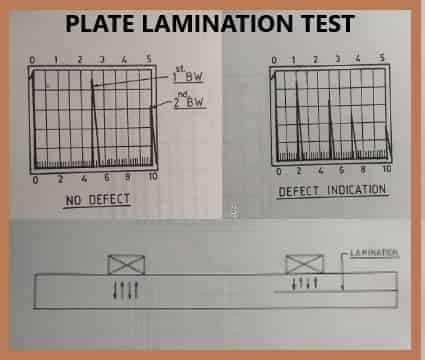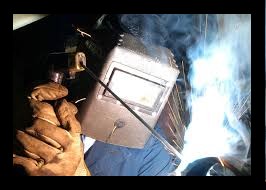सही 'स्टिक इलेक्ट्रोड' का चयन
Selection of Stick Electrodes
Welding rod selection
स्टिक इलेक्ट्रोड विभिन्न यांत्रिक गुणों के साथ उपलब्ध हैं और यह एक विशिष्ट शक्ति स्रोत के साथ संचालित होता है। वेल्डिंग रॉड चयन में विचार किए जाने वाले कारक निम्नलिखित हैं:
• Tensile strength
• Base metal properties
• Welding current
• Base metal thickness, shape, and joint fit-up
• Welding position
• Specification and service conditions
• Environmental job conditions
Tensile strength
Match the minimum tensile strength of the electrode with the tensile strength of the base metal. This can be identified by referring first 2 digits of the AWS classification of the electrode. For example, the number “70” on an E7018 electrode indicates that filler metal produces a weld bead with a minimum tensile strength of 70,000 psi and, would work with steel of similar tensile strength.
Base metal properties
The first step is to determine base metal composition than its mechanical properties.
• धातु कैसे दिखता है? यदि टूटे हुए भाग या घटक में मोटे और दानेदार आंतरिक सतह होती है, जिसका अर्थ है कि आधार सामग्री एक कच्चा धातु है।
• धातु चुंबकीय है? यदि बेस मेटल चुंबकीय है, तो संभावना है कि बेस मेटल कार्बन स्टील या मिश्र धातु स्टील है। यदि आधार धातु चुंबकीय नहीं है, तो सामग्री मैंगनीज स्टील, सहायक स्टेनलेस स्टील या एल्यूमीनियम, पीतल, तांबा या टाइटेनियम जैसे अलौह मिश्र धातु हो सकती है।
• एक ग्राइंडर द्वारा छुआ जाने पर धातु किस तरह की चिंगारियां देती है? अंगूठे के एक नियम के रूप में, स्पार्क में अधिक भड़कना उच्च कार्बन सामग्री को इंगित करता है जैसे कि ए -36 ग्रेड स्टील।
• बेस मेटल में छेनी "काटता है" या उछलता है? एक छेनी नरम स्टील या एल्यूमीनियम जैसे नरम धातु में काटेगी, और उच्च कार्बन स्टील, क्रोम-मोली या कच्चा लोहा जैसे कठोर धातुओं से उछल जाएगी।
Welding current
Current type:-
Depending upon the 4th digit of an electrode’s AWS classification, the current type can find out. It is based on the type of coating available on the electrode (see below figure).
4th Digit Type of Coating Welding Current
0 Cellulose sodium DCEP
1 Cellulose potassium AC or DCEP
2 Titania sodium AC or DCEP
3 Titania potassium ALL
4 Iron powder titania ALL
8 Iron powder low hydrogen AC or DCEP
DCEP- DIRECT CURRENT ELECTRODE POSITIVE,
DCEN- DIRECT CURRENT ELECTRODE NEGATIVE,
DCEP compatible electrode influences the penetration profile of the resulting weld. DCEP compatible electrode delivers deep penetration and produces an excellent arc. DCEN suitable (compatible) electrode provides light penetration and works well when welding high speed, high current fillet welds in the horizontal position.
An AC-compatible electrode can produce a soft arc with medium penetration of weld and can be used to weld sheet metal.
Base metal thickness, shape, and joint fit-up
Welding of thick materials needs an electrode that has maximum ductility and low hydrogen to prevent cracking. Electrodes with good toughness (high impact values) can accommodate for residual stress.
Welding position
The third digit in AWS classification of a particular electrode tells about its positional qualification. For exam- a 7018 electrode can be used in the flat, horizontal, vertical, and overhead positions.
1 = flat, horizontal, vertical, and overhead
2 = flat and horizontal only
Specification and service conditions
Take into consideration of its use- high heat, low temperature, repetitive shock loading, and pressure vessel or boiler fabrication. AND
Environmental job conditions






















